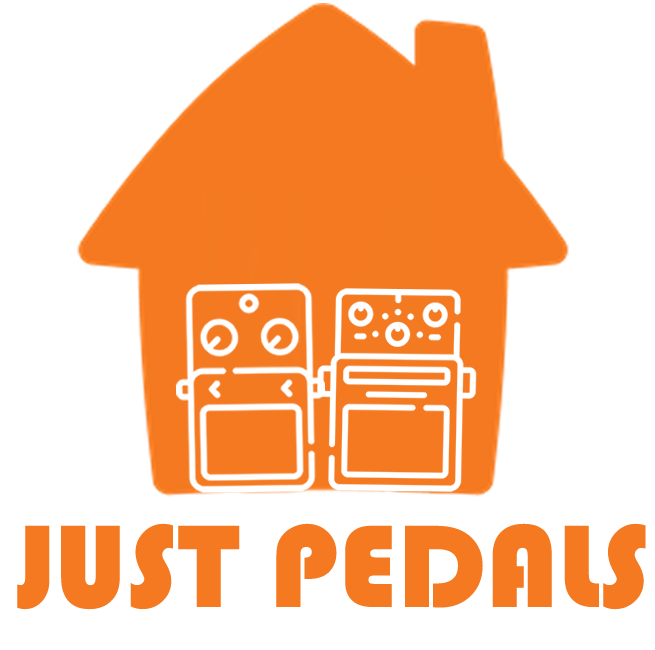just a load of Wah Video – Expectation VS Reality | Wah Pedal |
Wah Video – Expectation VS Reality | Wah Pedal |
Behringer FX600 Digital Multi-Effects Pedal
£29.99
Studio-Grade FX Engine: Enjoy a 24-bit, 40 kHz high-resolution stereo FX engine that delivers studio-quality effects in a compact, affordable stompbox Six Versatile Effects: Choose from Flanger, Chorus, Phaser, Delay, Tremolo, and Pitch Shifter to tr… read more
Vox – WAH845 – Classic Wah Pedal
£65.00 £60.74
New version of the most famous guitar effects pedal of all time Input/output jacks: inst jack, amp jack, dc i/p jac Legendary wah-wah tone in a new sturdy design Battery life for continuous use approximately 100 hours with manganese battery An ac pow… read more
SONICAKE Delay and Reverb Guitar Bass Effects Pedal Sonic Ambience Multi Mode Tap Tempo
£37.99 £34.19
4 Mode Delay and 4 Mode Reverb in One Small Pedal Maximum 2000ms Delay Time with Tap Tempo Function Tap Tempo Function for Real-time RATE Control Special Design Buffer Bypass Circuit Keeps the Sound Pristine Guitar Bass Effects Pedal working with 9V … read more
BOSS Fv-30H High-Impedance Foot Volume Pedal
£109.00 £89.48
Compact foot volume pedals with kickin’ new designs specially created for saving space on your pedalboard. Maintaining the trusted BOSS standard for sound quality, reliability, and durability. Space-saving volume pedals with rugged aluminum die-cast … read more
Behringer BDI 21 Bass Amp Modeler/ DI Guitar Effects Pedal
£26.87
Authentic v-tone modeling technology capable of dialing up big vintage tube tones, funky slap sounds, crunchy distortions and all in between Provides a truckload of great amps in a single stomp box—from traditional bass amps to modern overdriven amp … read more
SHEERAN LOOPER + Dual Track Pedal for Guitar, Bass, Keyboard, Vocals and More, with 128 Loops Storage, 4 Looping Modes, LED Screen and Audio Interface
£274.99 £259.00
Next–Gen Dual-Track Looper Pedal – The ultimate plug-and-play looper with full-color display, RGB loop status ring, professional quality 32-bit audio and custom DSP by HeadRush to shape your sound 4 Looper Modes – Intuitive SHEERAN LOOPER workflow de… read more

















